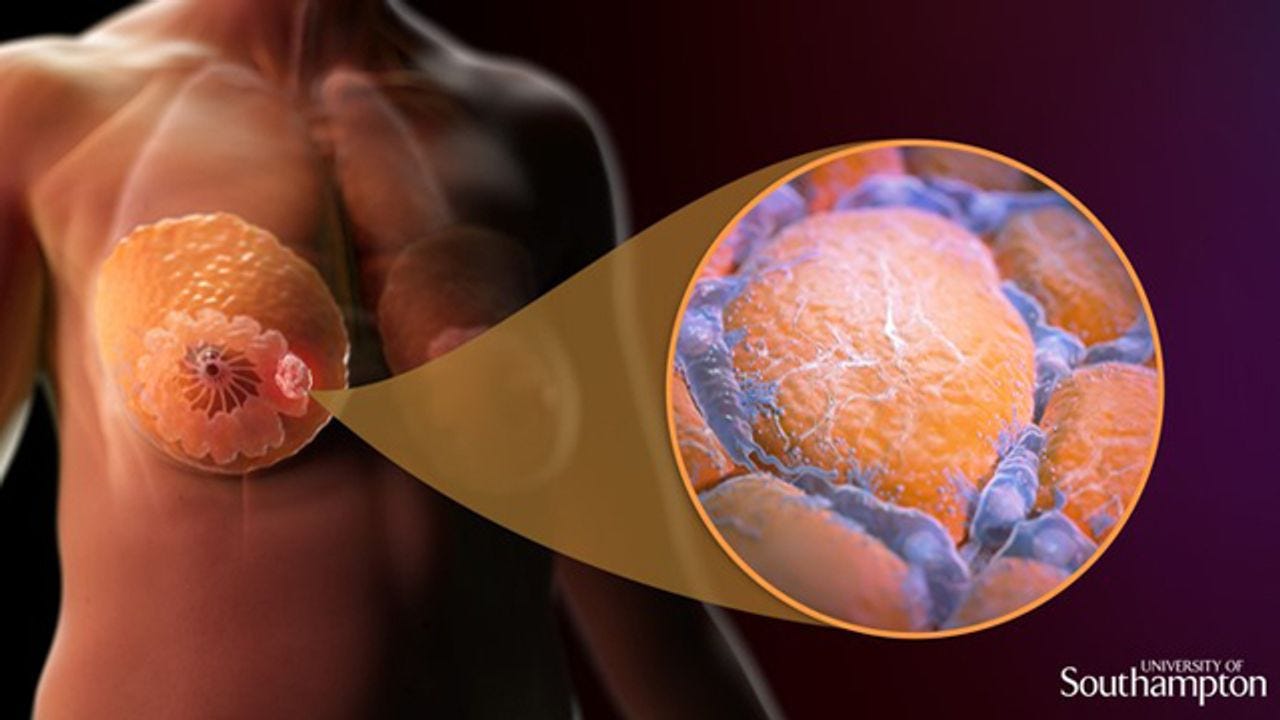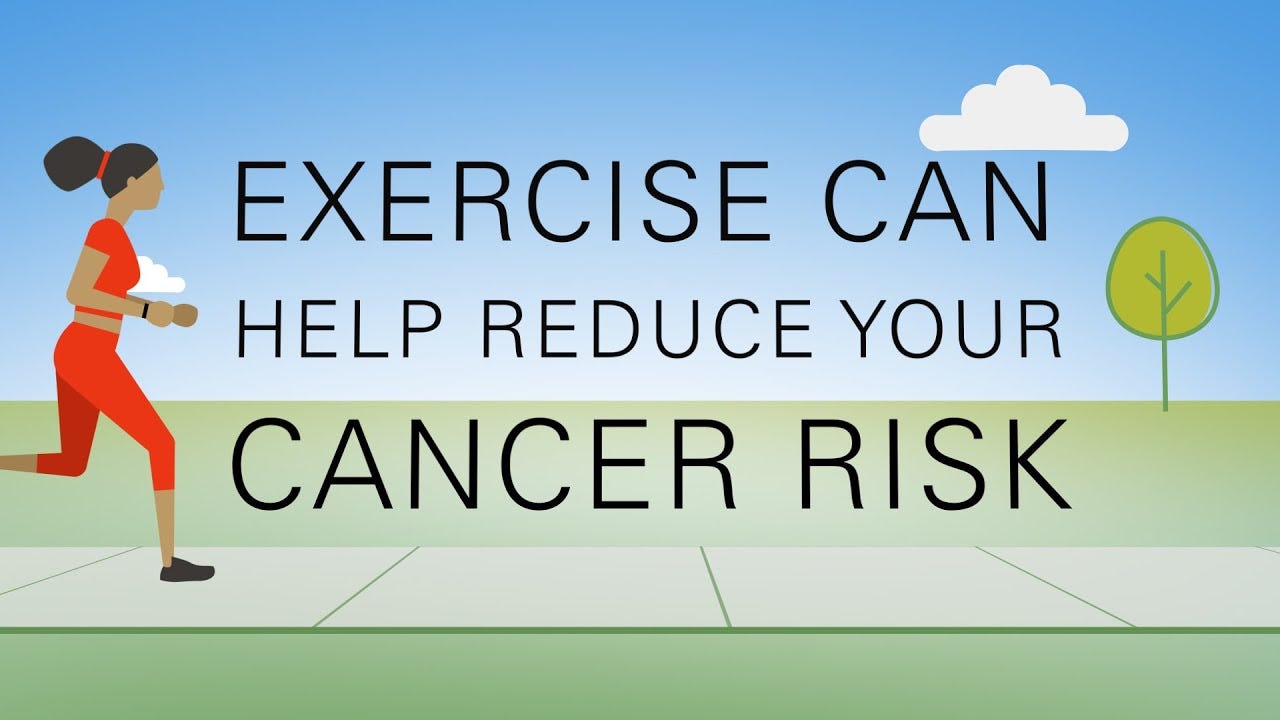
Several factors (genetic, lifestyle, and environmental) have been linked with estrogen production; a hormone closely related to the growth and development of breast cancer. (Pizzorno & Katzinger, 2012). Thus, modulating such factors might help in controlling breast cancer proliferation (as part of a complete treatment). As a means of appreciating elements, which influence breast cancer development, the following will explore a lifestyle factor (exercise) more deeply, and its relationship to controlling estrogen and progesterone levels.

As mentioned in the previous section, genetic, lifestyle, and environmental factors have been correlated to breast cancer and estrogen production. Said factors include: poor detoxification, environmental toxins (PCB’s, cadmium), genetic polymorphisms (specifically COMPT and CYP1B1) for breast cancer, a diet consisting of increased fat and protein and low fiber intake, lack of sleep, decreased vitamin D levels, decreased calcium levels, and a lack of exercise (Pizzorno & Katzinger, 2012). Appropriately programmed exercise, however, has been shown to help reduce estrogen production (Kossman, Williams, Domchek, Kurzer, Stopfer, & Schmitz, 2011).

Kossman et al. (2011) developed a study determining whether exercise intervention in premenopausal women at increased breast cancer risk reduced estrogen or progesterone levels. The researchers recruited seven healthy premenopausal women at high risk for breast cancer, and completed a seven-menstrual-cycle study (Kossman et al., 2011).

Kossman et al. (2011) noted that the study commenced with two pre-intervention cycles of baseline measurement of hormone levels. Baseline measurements were acquired through daily first-morning urine collection, allowing calculation of average area under the curve (AUC) hormone exposure across the menstrual cycle (Kossman et al., 2011). Participants proceeded to engage in five cycles of exercise (treadmill) towards a maintenance level of 300 min per week at 80–85% of maximal aerobic capacity. During the last two exercise cycles, urinary estradiol and progesterone levels were again measured daily. Total estrogen exposure declined by 18.9% and total progesterone exposure by 23.7% (Kossman et al., 2011).
In conclusion, such data suggests the efficacy of exercise in helping reduce estrogen/progesterone levels in pre-menopausal high-risk females. It should be noted, however, that the aforementioned study by Kossman et al. (2011) had a small sample size and no control group; such limitations should caution the reader to consider the results as encouraging, yet preliminary.
References
Kossman, D. A., Williams, N. I., Domchek, S. M., Kurzer, M. S., Stopfer, J. E., & Schmitz, K. H. (2011). Exercise lowers estrogen and progesterone levels in premenopausal women at high risk of breast cancer. Journal of Applied Physiology, 111(6), 1687-1693.
Pizzorno J., & Katzinger, J. (2012). Clinical pathophysiology: A functional perspective. Coquitlam, BC: Mind Publishing Inc.
-Michael McIsaac
